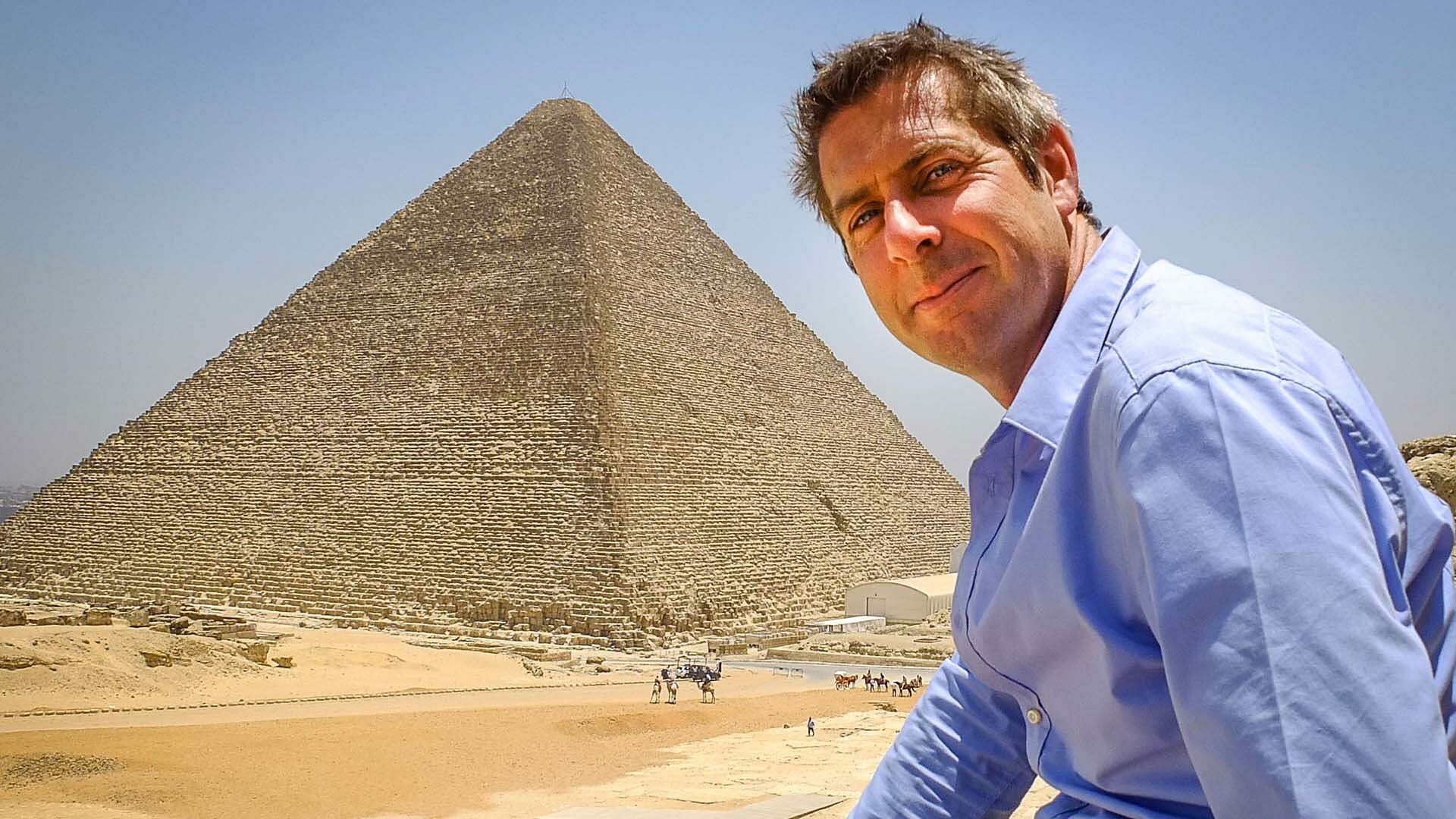Rise of the Continents (Kontinensek születése) 1x1

Vetítés: 2013.06.09 22:00, vasárnap
Geologist Prof Iain Stewart shows how the continent of Africa was formed from the wreckage of a long-lost supercontinent. He discovers clues in its spectacular landmarks, mineral wealth and iconic wildlife that help piece together the story of Africa's formation. But he also shows how this deep history has left its mark on the modern-day Africa and the world.
Iain starts at Victoria Falls, with a truly spectacular leap into the water right on the lip of the 100m waterfall. Hidden within this vast cliff face is evidence that the falls were created by vast volcanic eruptions 180 million years ago. These eruptions marked the moment when Africa was carved from the long-lost supercontinent of Pangaea and began its journey as a separate continent.
The creation of Africa had a surprising impact on evolution. Scrambling up the sides of the pyramids of Giza in Egypt, Iain finds small marine creatures that reveal that this part of Africa was once a shallow sea that formed when Africa was created. And within the arid Western Desert, he reveals 17m-long skeletons of early whales buried in the sand. These skeletons reveal how land-dwelling mammals were lured back into the shallow seas created by the birth of the African continent, leading to the evolution of whales.
Going back even further in time, Iain travels to the diamond mines of Sierra Leone. These vast gravel pits once fuelled the devastating civil war here. These diamonds reveal not just the very earliest origins of the land that makes up Africa today, but how the very first continents came into existence, billions of years ago.
The final chapter takes Iain to the Serengeti Plains, where he discovers how the spectacular wildebeest migration is fuelled by a process that will eventually lead to Africa's destruction. Every year the wildebeest return to give birth in an area of unusually nutrient-rich grass. This grass grows on fertile volcanic soil and studying ash and lava from the nearby volcano reveals that beneath Africa there lies a vast mantle plume of molten rock. This volcanic upwelling is so strong that scientists predict it will one day tear the ancient continent of Africa in two.
